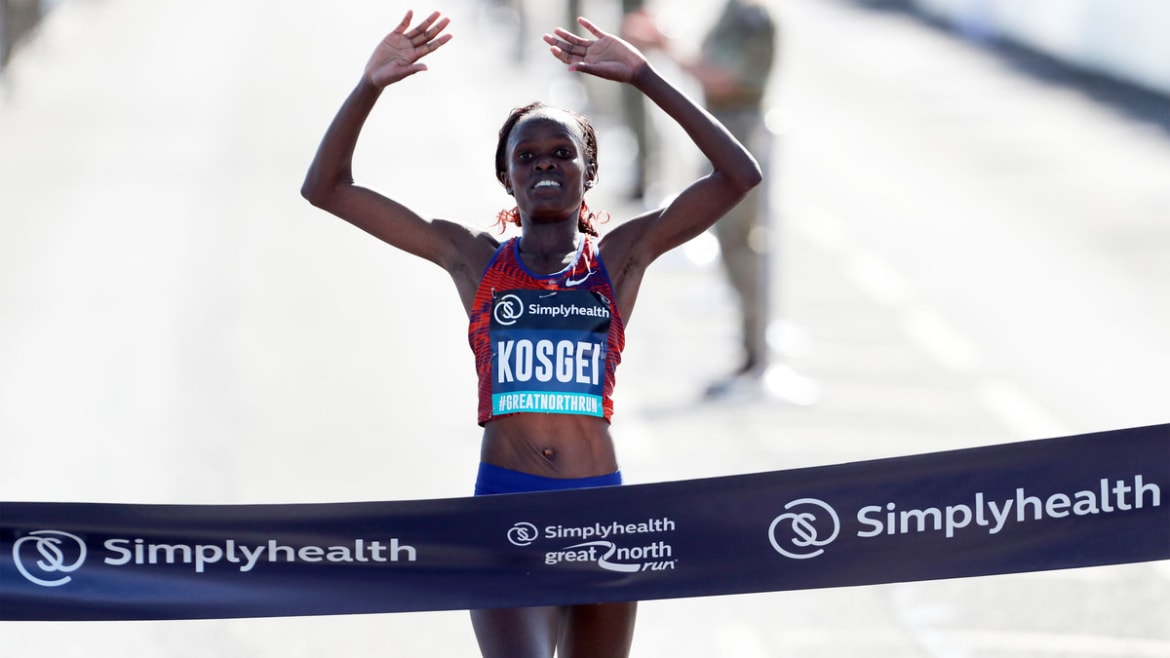The Secret Behind Superhuman Feats of Endurance

On Oct. 13, a 25-year-old Kenyan woman named Brigid Kosgei managed to do what many runners consider an unthinkable feat for a female athlete. In just over two hours and 14 minutes Kosgei completed—and won—the Chicago Marathon, a race that spans 26.2 miles across the city. Even more astounding, by the end of her run, Kosgei had smashed the previous women’s marathon world record by a full 81 seconds. (A day earlier, fellow Kenyan runner Eliud Kipchoge had set another astonishing mark, becoming the first man to run a marathon in under two hours.)
Kosgei’s and Kipchoge’s superhuman runs have boggled the minds not only of other marathoners but also of scientists who study sports physiology and endurance. For both groups, the questions are the same: How are some athletes able to accomplish near-impossible feats of endurance and stamina? How can any athlete extend his or her ordinary capacity for endurance? And is there a limit to how far, how fast, or how long human beings can perform?
To answer these questions, says Alex Harrison, PhD, a sports performance consultant based in Washington, athletes (and the scientists who study them) first need to hone in on what facet of endurance they want to measure.
